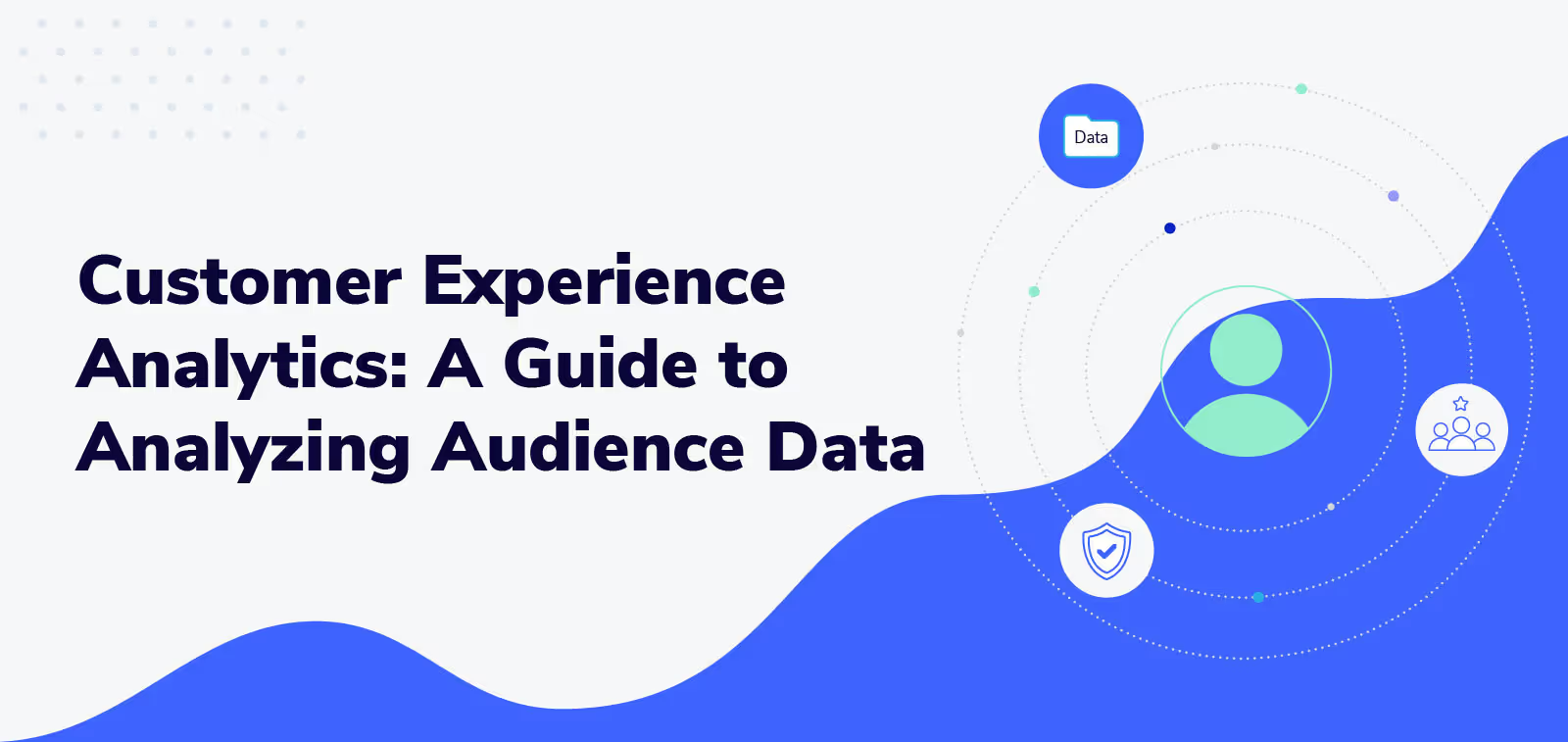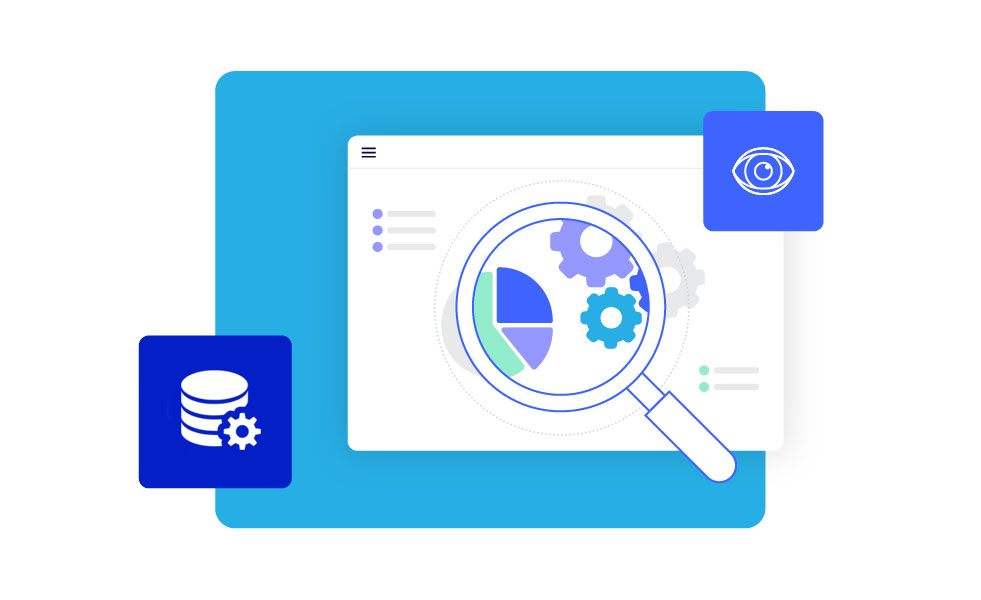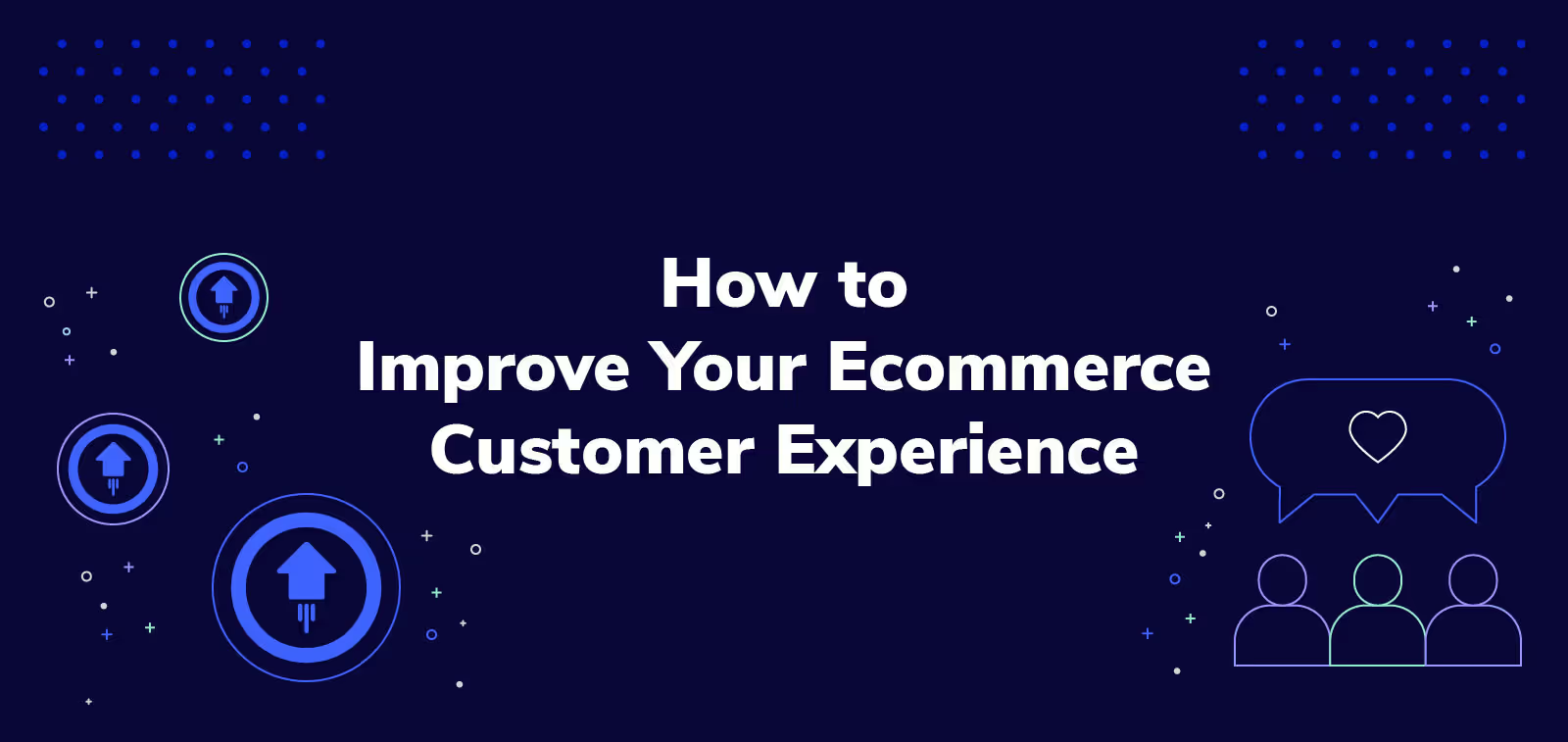There's a Better Way to Approach Customer Experience Analytics

Customer experience (CX) analytics is changing. It has to. In a recent McKinsey survey, only 6% of CX leaders said they were confident their CX measurement system was strong enough to support decision-making.
CX in 2022 is in a state of change. CX leaders have realized the old ways of relying purely on surveys aren’t fit for purpose. They’ve never truly been able to capture objective data that doesn’t rely on subjective, self-reported answers from customers.
Only 6% of customer experience leaders say they're confident in their CX measurement system when it comes to decision-making.
To get a grounding in modern CX analytics, you need to know where the field is headed —toward predictive customer experience analytics built on observational data, carefully constructed algorithms, and proactive intervention in customer journeys.
What is customer experience analytics today?
CX analytics today consists of more than asking customers how their experience was. Modern CX analysts interpret customer data from a range of sources; their aim is to help leaders make better decisions by giving them actionable insights based on real information.
Modern CX analysis still includes survey-based measurement systems, but the top performers are using other data sources like (legal!) customer data from customer engagement with digital properties.

Effective CX analysts don’t look at just one type of data at a time. They create statistical models that draw from multiple types of data. Such analysis leads to insights that survey-only methods could never deliver for three key reasons.
Increased representativeness
Surveys only get data from a small subset of customers that actually fill them out. Tracking actual customer behavior and interactions gives you data from all your customers, which means the insights are more accurate and based on your actual audience. The result is that you can be more confident that your data is representative and trust the insights you draw from it.
Reduced subjectivity
Modern customer experience analytics are not based solely on reported behavior from customers, which can be misleading. Customers sometimes feel they can’t be honest in traditional surveys or may give misleading answers for other reasons — like a poor recollection of their experience when answering a survey. Data showcasing actual behavior doesn’t have these drawbacks. If someone abandoned a cart at a particular point, that’s not subjective. You know they did.
Added detail
Observational customer data can surface different kinds of insights and provide a superior level of detail compared to surveys. While surveys may be able to tell you the share of customers that are satisfied, they can’t tell you what’s driving satisfaction — or dissatisfaction.
By developing predictive models, analysts can spot differentiating features of positive customer journeys — i.e., the ones that lead to loyal customers.
Say you’re looking at wait times for human customer support agents below a certain threshold for particular traffic sources. A predictive model might identify that wait times below 30 seconds to speak with a support agent after arriving from organic search correlate highly with increased customer satisfaction.
What customer experience metrics do companies track?
Most companies track traditional survey-based metrics from customer feedback and increasingly non-traditional metrics based on observational data like customer interactions with different touchpoints.
Further Reading: Find out how modern product protection can enhance the customer experience.
The latter type of customer insights reflects a more diverse group of indicators, as the number of potential factors of interest in customer experience analytics is huge. With an ever-expanding range of data points available — for example, IoT-based interactions — analysts need to regularly review their data practices.
However, common metrics used by ecommerce businesses to understand their CX include:
Net Promoter Score® (NPS)
Net Promoter Score® (NPS) measures how likely customers are to recommend your company based on a survey. Customers are asked to rate that likelihood on a scale, often from 1 to 10. Your NPS score is therefore based on self-reported customer sentiment. NPS is arguably the most commonly tracked of CX metrics in analytics tools as it is believed to correlate with strong business outcomes.
Customer Satisfaction Score (CSAT)
Customer Satisfaction Score (CSAT) measures how happy your customers are with a specific product or interaction via survey responses. Just like NPS, customers self-report their satisfaction on a numeric scale. A high CSAT score signals that a company is able to prioritize customer needs and minimize pain points.
Customer Effort Score (CES)
Customer Effort Score (CES) measures how difficult or easy it is for a customer to complete common tasks or to get an issue resolved. Examples include purchasing a product, resolving an issue via the help desk, or returning a product. According to Jessica Nilsen, Senior Vice President of Operations at Extend, reducing the amount of effort a customer has to exert tends to have an outsized positive impact — often resulting in ‘wow’ moments. CES is also based on self-reported CX data.
Customer Retention Rate (CRR)
Customer Retention Rate (CRR) is our first non-survey-based metric. CRR reflects the proportion of customers you keep from time period to time period, like month to month. A higher CRR tends to indicate that customers are sufficiently satisfied with their experience to continue shopping with your business.
Churn Rate
Churn Rate is sort of the inverse of your CRR. A high customer churn rate means customers aren’t coming back, which could be due to a suboptimal CX. If customer loyalty is your priority, including churn rate among your KPIs and taking steps like increasing the accessibility of your contact center can help you optimize other metrics like your CSAT score.
Customer Lifetime Value (CLV or CLTV)
Customer Lifetime Value (CLV or CLTV) draws on observational data. Your CLV reflects the average amount a typical customer will spend with your company from their first to their final transaction.
While these metrics are commonly tracked, they are best used when not considered in isolation. Analysis based on looking at multiple metrics and trying to establish the factors driving CX will often yield the most insights. Currently, the best way to do that is through predictive CX analysis.
How to move beyond survey-only CX analytics
Introducing predictive customer experience analytics means laying down three foundational elements: consolidating customer data into a single resource, introducing — and, if necessary, developing — predictive algorithms, and setting up connections to all relevant members of the team.
Customer data lake
Get financial data, like spending habits, coupon redemptions, and all other behavioral information, into a single cloud database. That database is your data lake. Third-party systems like Twilio’s Segment or Informatica, among others, provide effective data support.
Predictive algorithms
Often with machine learning algorithms, the company builds models that use various factors to assign scores that predict the quality of CX for each customer. Customers arriving from the company’s social media channels who move to purchase after visiting the ‘reviews’ page might be assigned a high score (such as 9.7/10), while those referred from a product comparison website might only have a 4.5.
Insight distribution system
All prior steps are pointless if the insights from step two aren’t placed into the hands of those who can use them. This process can mean giving decision-makers access to the output of predictive analytics, like data dashboards, or sending role-specific reports automatically.
Traditionally, CX analysts share insights via reports (as PDFs, for example) sent as email attachments or via in-person presentations. Increasingly, they’re using modern, automated tech, like CRMs, to share their insights and recommendations with colleagues.
Interestingly, most CX analysts are at companies that haven’t yet embraced predictive CX analysis. This situation presents an exciting opportunity for people moving up in the field, giving analysts the chance to implement a system with measurable advantages over previous practices.
How does analytics improve the customer experience?
The insights gained from analysis can be used to improve customer experience if the insights are properly communicated. With insights in hand, leadership can take actions to improve CX, like introducing new post-purchase experience value-adds.
If you want to improve your post-purchase CX, consider signing up for a demo with Extend to learn how modern product production can help.
Aaron Sullivan is senior content marketing manager at Extend. He specializes in writing about e-commerce, finance, entertainment, and beer.
.svg)






























